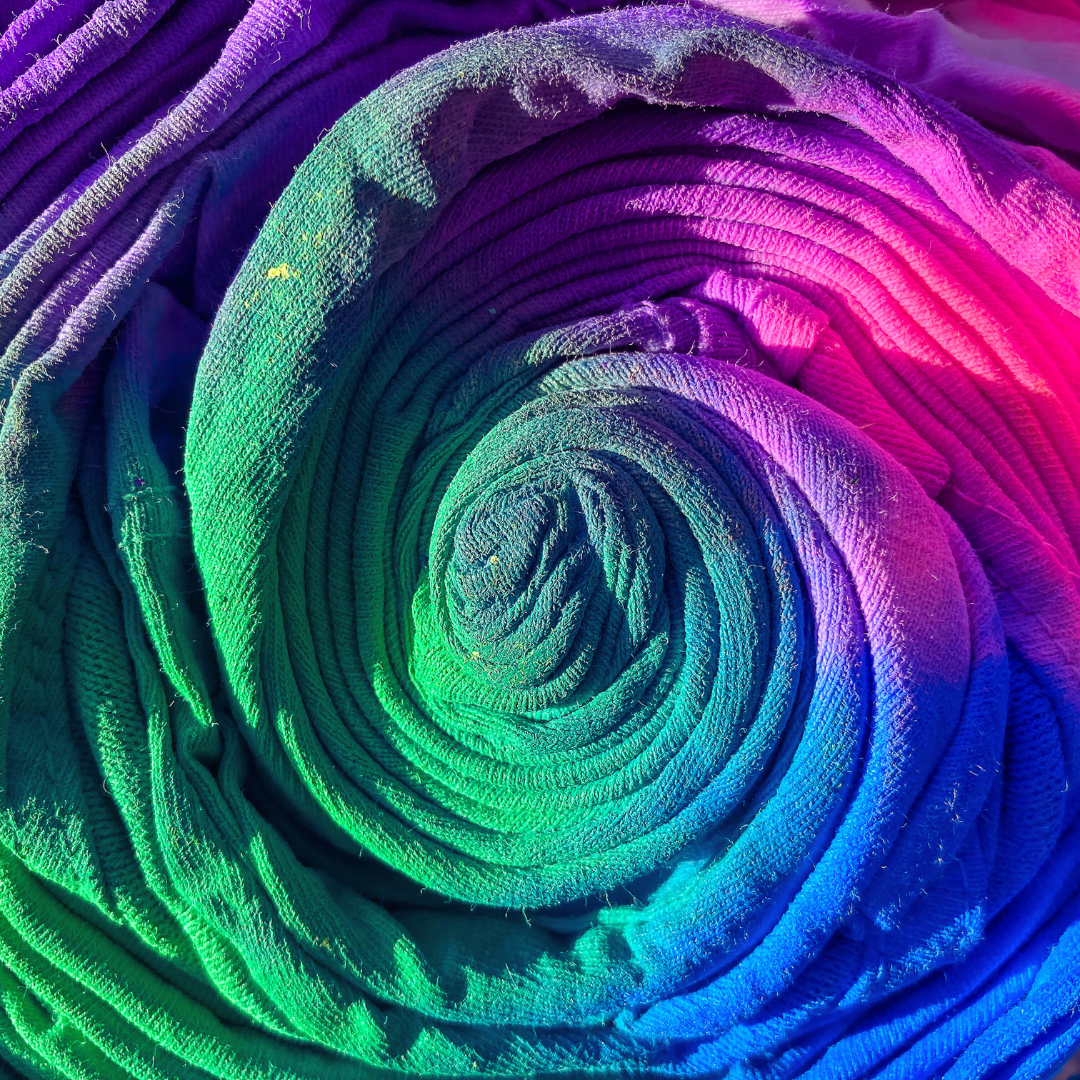Gammacolor offers a wide range of fabric dyes suitable for any application and substrates, such as cotton, viscose, polyester, polyamide, aramid, modified cellulose, acetate and more.
All Gammacolor fabric dyes meet high quality and safety standards, resulting in compliance with current regulations but also with private specifications.
Our company's offerings are constantly evolving in terms of both color index and customizations requested by customers. We also offer a tone matching/imitation service thanks to the expertise of our lab operators.
Reactive Dyes
I reactive dyes for fabrics produced by Gammacolor are suitable for application to cellulosic fibers, in part, protein, such as silk and wool, in addition to polyamides.
They are dyes of a higher category than direct and are used when particularly high fastening performance and fastness are required.
Reactive dyes are divided into two general application categories:
- Cold reagents, called Gammazol, which require an application temperature generally of 60°C or lower
- Hot reactants, called Gammafix, with an application temperature of 80°C.
Within these two groups are microcategories, each with special characteristics to make these dyes suitable for specific needs.
Download the information brochure or contact us for all the information you need.
Vat dyes
I vat dyes for fabrics by Gammacolor, known as Gammanthren, are specific dyes for cellulosic fibers and are available in powder or liquid form.
These dyes possess very high general fastness and great resistance especially to light. They are insoluble in water, so they require reduction with sodium hydrosulfite and caustic soda to initiate dyeing.
The "leuco" form is the result of reduction, while at the end of dyeing the initial dye is reformed (due to oxidation with hydrogen peroxide).
I Tinagam dyes Finally, they belong to the category of vat dyes. They are insoluble in water, so it is necessary to reduce them with caustic soda and sodium hydrosulfite in order to use them for dyeing.
Download the information brochure or contact us for all the information you need.
Dispersed Dyes
Gammacolor offers multiple types of disperse dyes for textiles, suitable for application to polyester, acetate and polyamide fibers.
There is also a particular type of dispersed dyes suitable for the automotive field, which ensures very high lightfastness and maximum performance.
Download the information brochure or contact us for all the information you need.
Acid Dyes
I acid dyes for textiles offered by Gammacolor are suitable for application to polyamide fibers and protein fibers, such as wool and silk.
These tinctures are divided into the following categories:
- Solid acid dyes: with great equalizing power and suitable for trichrome tones, for carpets and sportswear, applicable on both polyamide and wool
- Follon dyes: with good wet fastnesses, used for dark tones alone or in limited combinations
- M dyes: with good equalizing power, wet fastness, exceptional lightfastness and great compatibility. These prove suitable for reproducing light tones in the automotive field
- Gammaset Dyes: inexpensive dyes with high general fastnesses and good reproducibility. Good migratory and equalizing power making them suitable for nylon, silk and wool
K dyes: special selection of acid dyes with exceptional severe water fastness.
Download the information brochure or contact us for all the information you need.
Direct dyes
I direct dyes for fabrics and direct light Gammacolor find use on cellulosic fibers, such as cotton, viscose, modified cellulose and others, through extremely simple application methods.
They are inexpensive and versatile dyes, so they are widely used in dyeing where very high general fastnesses are not required. I direct light dyes show good to excellent lightfastness performance.
With this type of dyeing it is also always possible to apply a fixative at the end of the dyeing cycle.
Download the information brochure or contact us for all the information you need.
Sulfur dyes
Sulfur and tinagam dyes are applied to cellulosic fibers, mainly for obtaining dark dyes; they have very high general fastnesses, excluding chlorine fastness.
SULFUR DYES
Gammacolor offers three categories of sulfur dyes, mainly black:
- Black normal sulfur, which are dyed in reducing bath.
- Black sulfur RC liquid preriduct
- Black sulfur BM and RC liq. Environmentally friendly
Dyeing is carried out at 90°C for 1h: followed by washing and oxidation
TINAGAM
TINAGAM dyes belong to the category of vat dyes; they are insoluble in water, so it is necessary to reduce them with caustic soda and sodium hydrosulfite in order to dye them.
Download the information brochure or contact us for all the information you need.

What are DyesTextiles
Textile dyes are chemicals used to impart color to fibers, yarns or fabrics. Unlike pigments, which remain on the surface, dyes penetrate the interior of the textile fiber, creating a stable coloration that is resistant to washing, light and wear.
Each type of fiber requires specific dyes to ensure effective and long-lasting dyeing. This is why there are several families of dyes, each with distinct characteristics and uses:
-
Reactive dyes: ideal for natural fibers such as cotton, linen and viscose. They offer high strength and gloss.
-
Dispersed dyes: used for polyester and synthetic fibers. They penetrate the fiber through high temperatures.
-
Acid dyes: suitable for wool, silk and nylon. They offer vivid shades and good fastness.
-
Direct dyes: easy to apply, used for cellulosic fibers.
-
Indigo and sulfur dyes: typical of denim and mass-dyed fabrics.
-
Cationic dyes (basic): suitable for acrylic, with excellent color rendering.
The modern textile industry requires safe, high-performance and sustainable dyes developed to meet increasingly stringent environmental regulations and optimize production processes. Gammacolor is at the forefront of providing the best dyes.
